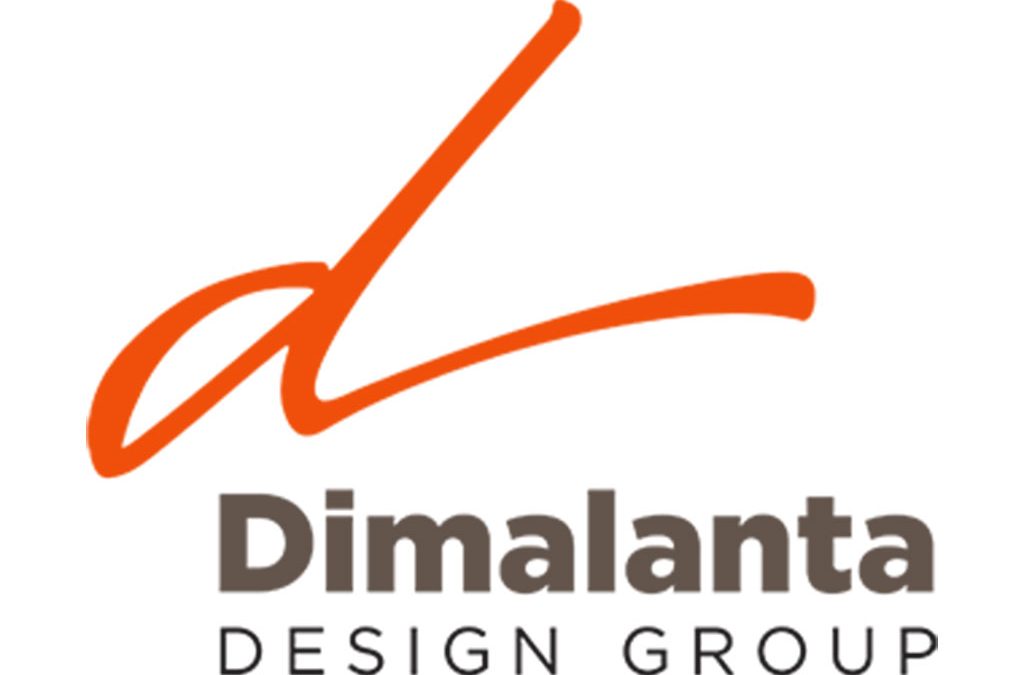As a small- to mid-size business owner, you ultimately are responsible for your company’s marketing. Perhaps you’ve worked with a graphic designer, printing company or publication’s advertising department on your marketing materials.
The terminology used by design and print professionals can sometimes sound like a foreign language. Hearing expressions such as “bleed,” “stock” and “pica” can be confusing and even costly – if a misunderstanding leads to mistakes in the final product.
A basic understanding of the industry-specific design and print term vocabulary will help you better navigate the design and print world, leading to better communication, quicker turnaround and ultimately higher quality products for your business.
Here are a few design and print terms you should know:
- Full Bleed (often used with “trim”)
Full Bleed is a printing term that refers to printing that goes beyond the edge of a sheet of paper before trimming. In other words, the bleed is the area to be trimmed off.
- Card Stock
Also called cover stock or pasteboard, card stock is a paper stock that is thicker and more durable than normal writing or printing paper, but thinner and more flexible than other forms of paperboard. For reference, think of the thickness of most greeting cards.
- Typeface
Typeface (also known as font family) is a set of one or more fonts, each composed of glyphs (pictographs) that share common design features. Each font of a typeface has a specific weight, style, condensation, width, slant, italicization, ornamentation and designer or foundry (and formerly size, in metal fonts). Helvetica is a common typeface (they even made a movie about it!)
- Typography
Typography is the art and technique of arranging type to make written language legible, readable, and appealing when displayed.
- Legibility
The measure of how easy it is to distinguish one letter from the next; legibility has a lot to do with your choice of typeface and how you use it.
- CMYK
CMYK – cyan, magenta, yellow, key – is a color model used for print purposes (process-color or four-color). CMYK is a subtractive color model, which means it begins with white and ends up with black. So, the more color that is added the darker the result.
- RGB
RGB – red, green, blue – is a color model used for onscreen purposes. RGB is an additive color model. That means when mixing colors, it starts with black and ends up with white as more color is added.
- Pantone Matching System
The Pantone Matching System (PMS) is a standardized system of colors for printing. Every Pantone shade is numbered, making it much easier for people to reference and identify exact shades of color.
- Resolution
Resolution refers to the amount of detail an image has. Generally speaking, the higher the resolution, the better the image appears and the more detail is rendered. Lower resolution images and graphics tend to appear blurry, pixelated or muddy.
- Contrast
The degree of difference between two juxtaposed elements is the contrast. Some other common types of contrast are dark versus light, thick versus thin or rough versus smooth.
- Stock Photo
A stock photo is a professionally shot photograph available online for licensing. Stock photos are usually used in lieu of hiring a photographer or if a designer cannot access the images needed from his or her inventory of photographs.
- Pixels (Web)
Short for “picture element,” a pixel is a single point in a graphic image. Graphics monitors display pictures by dividing the display screen into thousands (or millions) of pixels, arranged in rows and columns. The pixels are so close together that they appear connected.
- Pica: (Print)
The pica is a typographic unit of measure corresponding to one-seventy-second of a foot or one-sixth of an inch. The pica contains 12-point units of measure.
We hope this post has helped provide insight into the world of graphic design and printing as it relates to your marketing materials. Stay tuned for more educational blog posts coming in the near future.
Keep It Relevant!
